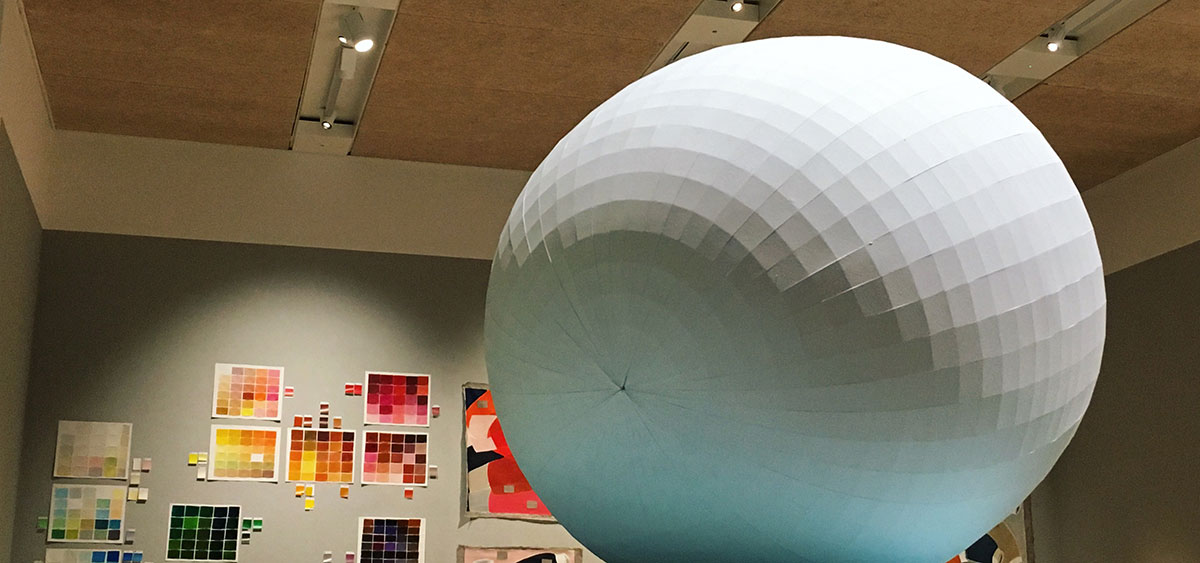Vitra innovates design through textile and colour

Vitra is an upmarket contemporary Swiss home and office furniture company. It houses the classic designs from the mid-century, updating the products for modern life. It boasts excellence in engineering, design and quality. Its goal is to create “interiors, furniture and accessories that are functional and inspiring”. The company’s “campus” includes a museum, showroom and factory in Weil-am-Rhein Germany, clearly showing it has the prestige and respect of major designers and architects. It’s home to Frank Ghery museum, Zaha Hadid’s fire house, Herzog and de Meuron designed Schaudepot, Carsten Höller’s signature swirled slides, and Tadao Ando conference pavilion. Those are some heavy-hitters in design.
Their designs and names permanently on the Vitra Campus add an air of command to Vitra’s home base. It’s an expert on world-class design. It holds the estates of American mid-century design power couple, Charles and Ray Eames, Danish designer Verner Panton and American architect and designer Alexander Girard. Clearly, the company holds standing and historical relevance in preserving and producing the most iconic designs of the past century as well as designing for the present day.
A company of Vitra’s stature must innovate to continue in being an industry expert. Enter Hella Jongerius, a Dutch designer and colour theorist who created and currently helms Vitra’s in-house Colour & Material Library which is a system that “enables the versatile combination of different materials and colours”. She’s used her expertise in colour, textiles and materials for major clients such as Ikea, KLM and Danskina. The resource is used by the employees, designers, architects and clients to “make the most of the visual, sensual and functional aspects of products”.
Part of why Jongerius fits well with Vitra is due to her predilection for updating and rejuvenating the classic designs, including Vitra’s own extensive product collection that have withstood the test of time while championing a new approach to colour within the design industry. Witnessing many companies judge quality in terms of functionality, she believes consumers want and deserve the depth of colour and the enhanced experience it can offer. She calls for a liberation of colour from the standardised charts and colour-coding systems to “let them breathe” where “unstable” colours change under varying light conditions.
Jongerius has emerged as one of Europe’s most influential product designers through her work at her own Jongeriuslab and designs for Vitra which include the enduring popularity of her Polder Sofa and refreshed colour palettes for all of Charles and Ray Eames’s plastic chairs and Jean Prouvé furniture designs.

